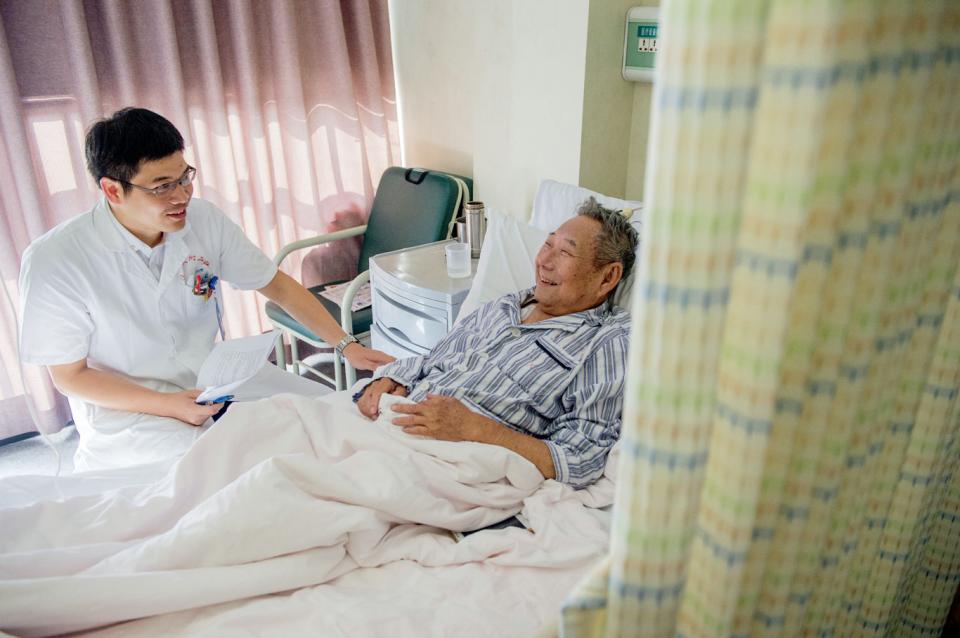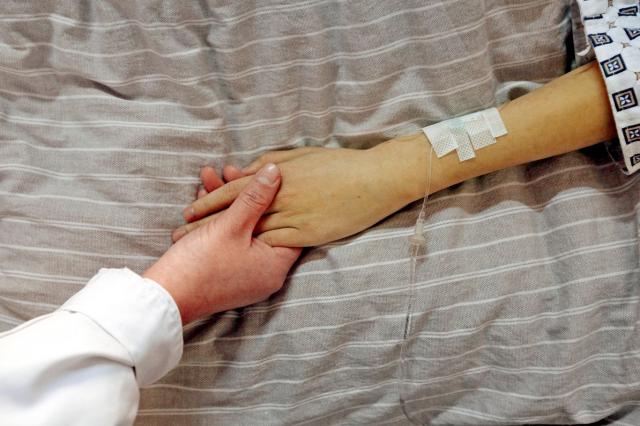Medical sciences and the humanities have been split apart for half a century. Although a couple of experts and academics, such as British physicist and author C.P. Snow and American physician G.L. Engel, warned against ignoring patients’ emotional needs long ago, “biological medicine” was always dominant.
Medical students were trained to value science most, and seldom truly communicated with patients. For a long time, patients accepted the view that they were just bodies with symptoms, according to doctors, and just recipients of tests and experiments.
These ideas have been increasingly challenged globally since the 1970s, particularly concerning human rights. Engel, for example, proposed in 1977 that modern medicine should shift from pure biomedicine to one that includes human and social elements. He said that medicine serves people, who are equally psychological and biological beings.
Charon went further, decisively opposing pure “scientific medicine” which she argued cannot help patients find the significance of fighting a disease, thus potentially weakening the effect of treatment.
During an interview with Guo Liping, Charon emphasized that storytelling and listening shortens the distance between doctors and patients and enables doctors to improve treatment and medical care by learning more about how the patients have been suffering. She told Guo that narrative medicine demands doctors hear, empathize and respond to patients’ stories, and they should find this information helpful for their treatment.
Charon’s theories impressed Guo, as narrative medicine or hospice care is still marginalized in China. She told NewsChina that medical humanities – bringing in interdisciplinary approaches from other subjects to provide other perspectives to medicine – was discussed in China in the 1980s, but never received wide attention. “We [humanities teachers] went to medical schools to give ethics lectures in the 1990s, only to find that some tutors told their students not to take the lectures seriously, since they were ‘not important,’” she said.
Journalist Ling Zhijun wrote of his experience when he was diagnosed with cancer. In his 2012 book Records of Rebirth, Ling described how he suffered from “cold, inhuman treatment.” “I spent 300 yuan (US$45) to register to see a top doctor, and after a three-hour wait, I finally met him for a few minutes before he went off duty,” he wrote. “I tried hard to tell him my symptoms, but he showed no interest. Instead, he turned to his young students and started to interpret my MRI report... It was like I spent a ton of money visiting the Egyptian pyramids, only to find the experienced tour guide totally ignored me after he stuffed my money in his pocket, then turned to tell his son how to earn a living this way.”
Such disappointment and dissatisfaction is on the rise among patients when medical resources are unevenly distributed in China and there is a huge shortage of experienced doctors. Chinese patients are accustomed to lining up outside a top-tier hospital for just a few minutes face-time with a doctor. They joke that all doctors do is write instructions for tests, then write prescriptions based on those tests.
“Storytelling and showing a human touch are not only new requirements for doctors, but they are a new way of dealing with real-world problems,” Guo said at the first Chinese forum on narrative medicine in November 2011. Doctor-patient tension is a particular problem in China, sometimes with fatal consequences.
According to an article by Wang Fangsong, former director of the municipal healthcare bureau of Yangzhou, Jiangsu Province, 80 percent of local medical disputes were caused by poor doctor-patient communication, and it played a role in the remaining 20 percent. In 2012, incomplete statistics released by the former Ministry of Health showed that China saw 17,243 violent medical disputes in 2010, over 40 percent more than in the previous five years. In 2015, Chinese lawmakers put violent medical disputes into the latest revision of the Criminal Law.
“We urged that perpetrating violence toward medical staff should be criminalized to protect health workers, but internally, we must give doctors more training in how to be humane,” said Ling Feng, chief neurologist at Xuanwu Hospital, Capital Medical University.
“As modern medicine has enabled doctors to be dominant over patients in terms of medical knowledge, it is more urgent and necessary for them to fill in the information gap by communicating and learning more about their patients,” Guo said, adding that “to cure sometimes, to relieve often and to comfort always” (the inscription on the tomb of American doctor Edward Livingston Trudeau) will always remain true.

 Old Version
Old Version
